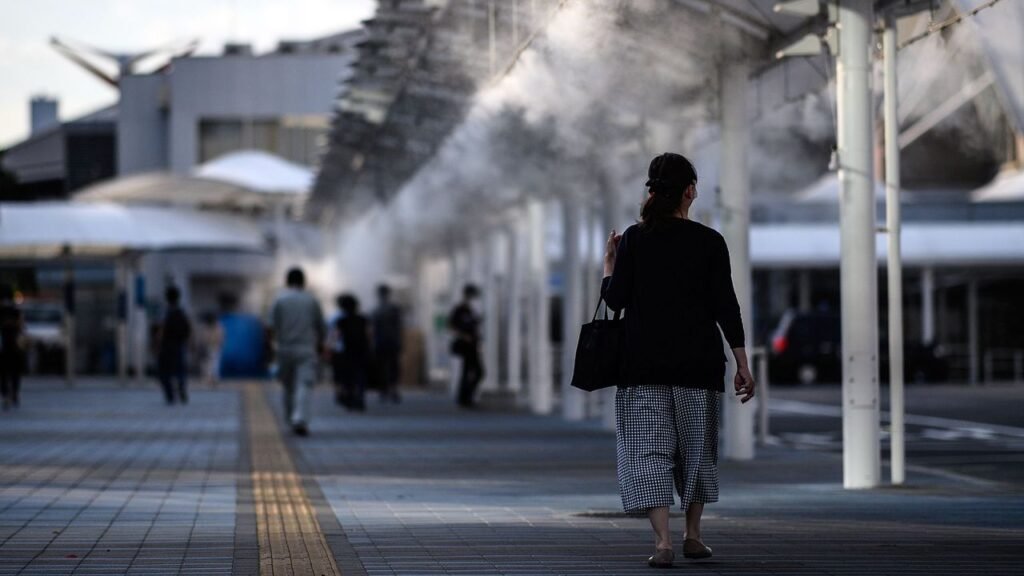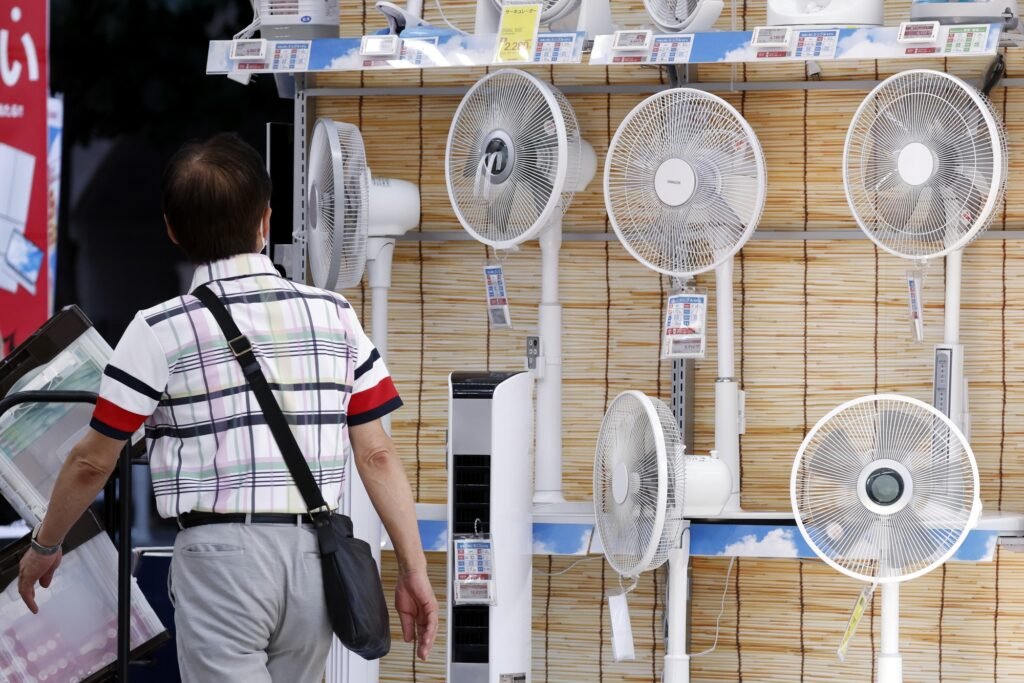
Introduction to Cooling Shelters in Japan
Cooling shelters, established by municipalities in Japan, serve as essential facilities during hot summer months. These shelters provide a safe and comfortable environment for individuals seeking relief from extreme heat, particularly vulnerable populations such as the elderly, children, and those without access to air conditioning. The establishment of cooling shelters by municipalities in Japan demonstrates a proactive approach in addressing the health risks associated with heatwaves and ensuring the well-being of their communities.
The Importance of Cooling Shelters in Japan’s Municipalities
The establishment of “cooling shelters” by municipalities in Japan has become increasingly important in recent years. With the rise in global temperatures and the increasing frequency of heatwaves, it has become crucial for local governments to provide safe spaces for their residents to escape the heat. These cooling shelters serve as a refuge for those who may not have access to air conditioning or who are particularly vulnerable to the effects of extreme heat.

One of the main reasons why cooling shelters are essential in Japan’s municipalities is the country’s aging population. Japan has one of the highest proportions of elderly citizens in the world, and this demographic is particularly susceptible to heat-related illnesses. Heatstroke, dehydration, and other heat-related health issues can have severe consequences for older adults, making it crucial for them to have a place to cool down during heatwaves.
Furthermore, cooling shelters are also vital for individuals who do not have access to air conditioning in their homes. While air conditioning is common in many urban areas, there are still many households, especially in rural areas, that do not have this luxury. These individuals may include low-income families, the homeless, or those living in older buildings without proper cooling systems. Cooling shelters provide a lifeline for these individuals, offering them a safe and comfortable space to escape the heat.

In addition to providing relief from the heat, cooling shelters also play a crucial role in preventing heat-related deaths. Heatwaves can be deadly, particularly for vulnerable populations such as the elderly, young children, and those with pre-existing health conditions. By providing cooling shelters, municipalities can help reduce the risk of heat-related fatalities by offering a place where individuals can seek respite from the extreme temperatures.
Moreover, cooling shelters also serve as a community gathering place during heatwaves. In Japan, where community bonds are strong, these shelters provide an opportunity for neighbors to come together and support one another. They offer a space for social interaction, where individuals can share their experiences, offer assistance, and provide emotional support to those who may be struggling with the heat. This sense of community is essential in times of crisis and can help foster resilience and unity among residents.
The establishment of cooling shelters by municipalities also demonstrates a commitment to the well-being of their residents. By taking proactive measures to address the challenges posed by extreme heat, local governments show that they prioritize the health and safety of their communities. This can help build trust and confidence among residents, knowing that their needs are being taken seriously and that their local government is actively working to protect them.
In conclusion, the establishment of cooling shelters by municipalities in Japan is of utmost importance. These shelters provide a safe haven for vulnerable populations, offer relief from the heat, prevent heat-related deaths, foster community bonds, and demonstrate a commitment to the well-being of residents. As the frequency and intensity of heatwaves continue to rise, it is crucial for municipalities to invest in the establishment and maintenance of cooling shelters to ensure the safety and comfort of their communities.
Conclusion
In conclusion, the establishment of “cooling shelters” by municipalities in Japan is a crucial initiative to address the challenges posed by extreme heatwaves and protect vulnerable populations. These shelters provide a safe and comfortable environment for individuals to escape the heat and prevent heat-related illnesses. By implementing cooling shelters, municipalities in Japan are taking proactive measures to ensure the well-being and safety of their residents during periods of intense heat, ultimately contributing to the overall resilience of their communities.
What are these facilities that provide relief from the heat?
These are designated places where individuals can go to escape high temperatures. They are equipped with air conditioning and provide a comfortable environment during hot weather.
Who can use these temperature relief locations?
These places are open to everyone, including residents, tourists, and anyone needing a break from the intense heat.
Where can I find these heat-relief spots in Japan?
They are typically located in public buildings such as community centers, libraries, shopping malls, and government buildings. Local municipalities often provide information on their locations.
What amenities do these heat protection sites offer?
These spots usually offer air conditioning, seating areas, drinking water, and sometimes additional amenities like Wi-Fi, restrooms, and charging stations for electronic devices.
When are these cool-off areas available for use?
These facilities are generally open during the hottest parts of the day, often from late morning until early evening. Specific hours can vary, so it’s best to check with local authorities or the facility itself for exact operating times.
